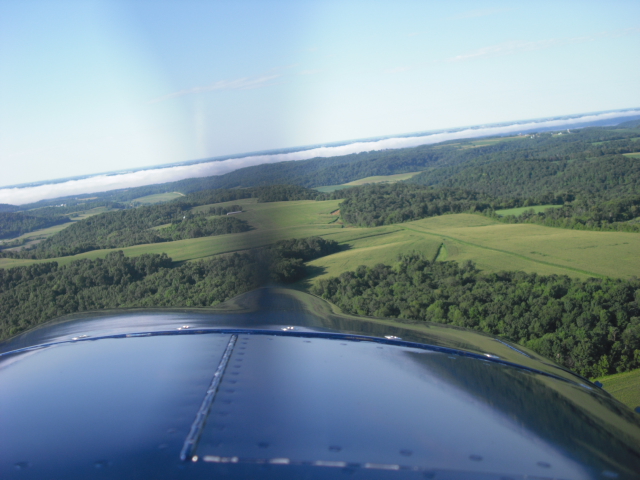With the Air Force, we use aircraft to wage war. That's pretty much our mission statement. With the exception of cyber, missiles, and space, all other specialties in the Air Force exist in some way to support our aircraft and aircrew. Since we prioritize aerial warfare, we have the most options in terms of aircraft to fly and missions to execute. We've got everything from planes that fly through hurricanes to gather data, to reconnaissance aircraft that touch the edge of space, to unmarked civilian aircraft that transport and support special forces and three letter agencies. With the other services, their air arms exist to support their primary mission. Which is cool, because you inherit that service's traditions and mission as an aviator. For example, as a Navy P-8 patrol pilot you're out there hunting for submarines to protect your ships, and as a Marine attack helicopter pilot you're protecting Marines on the ground. In the Air Force, pilots are prioritized for command positions, and almost all of our highest ranking generals are pilots or aircrew. While you certainly have high-ranking aviators in other services, they tend to choose flag officers that are a part of their primary mission set (surface warfare, Marine/Army infantry, etc.).
I'd say if your goal is to be a pilot with the most options in terms of aircraft and locations, pick the Air Force. If you value the culture and mission of a certain branch and want to be a part of their mission while also being an aviator, I'd choose that branch while accepting fewer options of aircraft and (potentially) less career mobility.


